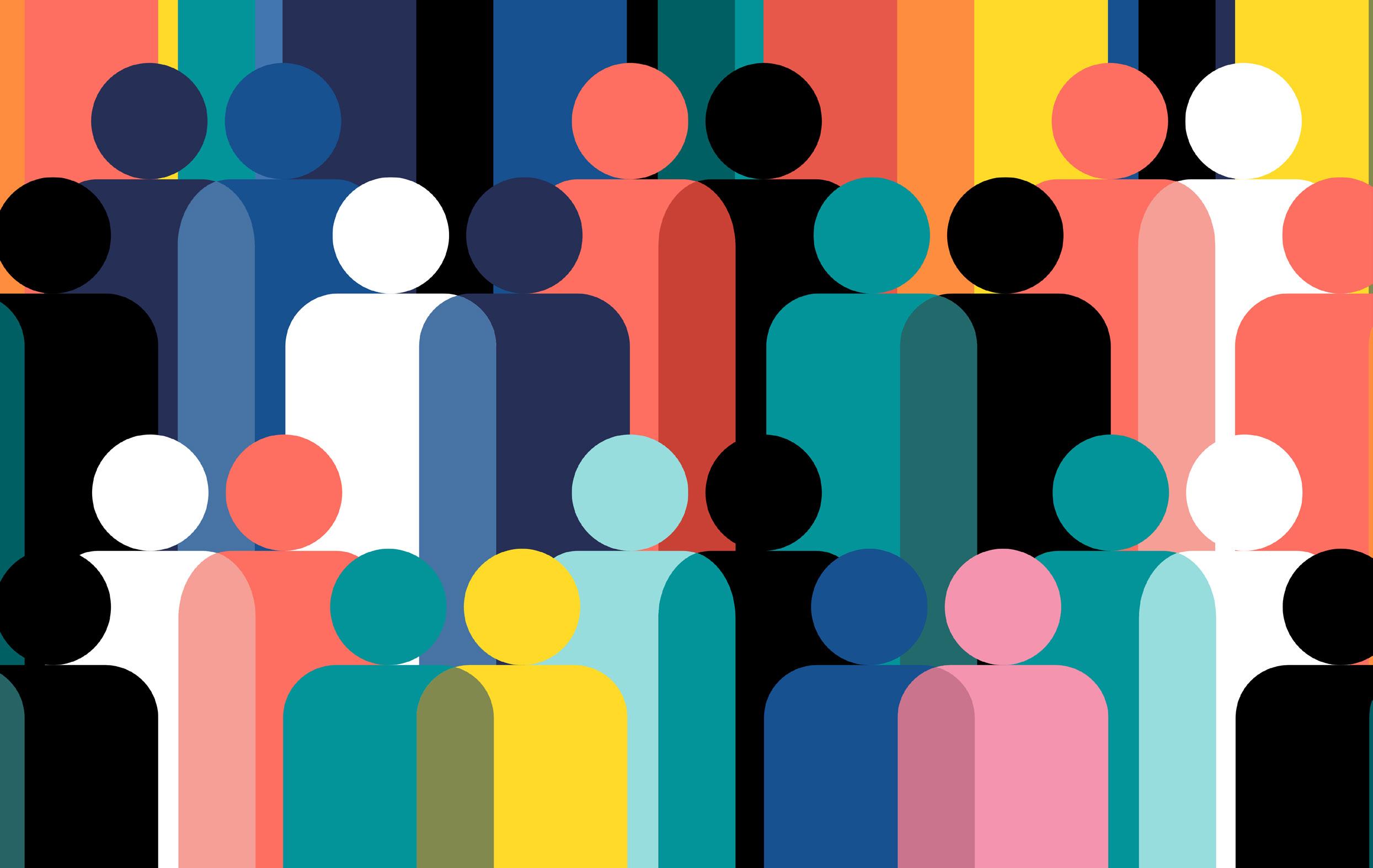
3 minute read
Diversity, equity and inclusion as a sustainability strategy
Diversity, equity and inclusion (DE&I) is a hot topic for many organizations and business leaders around the world. Some well-established organizational benefits of DE&I include better results, more innovations and creative solutions, increased employee engagement, and enhanced brand value.
Studies have even shown that companies with higher-thanaverage diversity have stronger innovation revenues and that CEOs whose businesses have an inclusiveness strategy say it improves their bottom line.
While the value of DE&I is well appreciated, its application in organizational settings remains flawed. Why?
The Party Metaphor
Part of the problem is that diversity and inclusion are so often lumped together that they are assumed to be the same thing. Diversity typically refers to the full spectrum of human differences such as age, gender, disability, and ethnic background or invisible traits like socioeconomic status, marital status and sexual orientation. Inclusion, however, refers to the feeling of being welcomed, embraced, respected, valued and authentically being made part of the organization.
A famous quote by American activist Verna Myers says that “diversity is about being invited to the party, whereas inclusion is about being invited to dance at the party”. It could even be argued that true inclusion is about being invited to plan the party.
Making it even more imperative for organizations to step up their DE&I strategies is the fact that demographics are changing. Today’s workforce is mostly made up of Baby Boomers and Gen X (born between 1945 and 1980). Soon, however, they will be replaced by Millennials and Gen Z (born between 1981 and 2012). These generations are very different racially, attitudinally, digitally among others.
SO WHAT’S THE PROBLEM THEN?
The problem mainly rests in the intersection between diversity and inclusion, which on many occasions is leading to tokenism. One example of this is having a diverse workforce that represent different minority groups but in numbers only.
Many DE&I initiatives focus on increasing representation, for example by hiring more diverse individuals on boards, setting diversity quotas for leadership and managerial roles, and re-writing job descriptions to attract more women, people of color, LGBTQIA+ and other minority individuals.
While quotas are a great step in the right DE&I direction, they may very well culminate in a tokenism problem when organizations fall in the trap of increasing diversity hires without considering whether their organizational culture and environment are conducive for this diverse workforce.
HOW DO WE SOLVE IT?
Creating a psychologically safe working environment is a prerequisite to increasing representation so individuals who are invited in for their diversity, can fully leverage those strengths they bring with them.
A psychologically safe and conducive organizational culture enables individuals to be ‘busy’ worrying about the quality of work rather than about who they are and what would people think and do if they knew about it. This requires a holistic revision of the organizations’ culture and structure, and the implementation of in- terventions on multiple fronts.
Together with HELEM, the first LGBTQIA+ rights organization in the Arab world, we created the Inclusive Workplace Model as a tool to assist organizations in developing an inclusive workplace with LGBTQIA+ individuals in mind. The model can be widely applicable and consists of 5 dimensions organizations need to attend to in their quest for an authentically inclusive work environment.
Three Keys For Psychologically Safe Workplaces
Put in place policies and practices that equate and protect. This can include preventing discrimination and sexual harassment. Remember to have mechanisms for reporting (data and violations).
Create a psychologically safe and inclusive work culture and structure. For example, monitor percentages as well as sen- timent data; inclusive language across the organization’ communication; forms recognizing gender identities; gender inclusive toilets, and so on.
Contribute to society through outreach. Consider how inclusive your marketing material is, adopt events as part of the organization’s yearly communication and share experiences about successful LGBTQIA+ initiatives with the media.
By integrating authentic DE&I strategy in your sustainability vision, you can create a psychologically safe environment where people can bring about the best things about them, their diverse set of knowledge, skills, abilities, and other characteristics.
REFERENCES:
Daouk-Öyry, L., & Zeidan, T. (2021). HELEM LGBTQIA+ Workplace Inclusion Model, Survey, and Toolkit. HELEM. Hunt, V., Layton, D., & Prince, S. (2015). Diversity matters. McKinsey & Company, 1(1), 15-29.
Lorenzo, R., & Reeves, M. (2018). How and where diversity drives financial performance. Harvard Business Review, 30, 1-5. Snowden, S., & Cheah, P. K. (2015). A marketplace without boundaries? Responding to disruption. 18th Annual Global CEO Survey. PwC.










